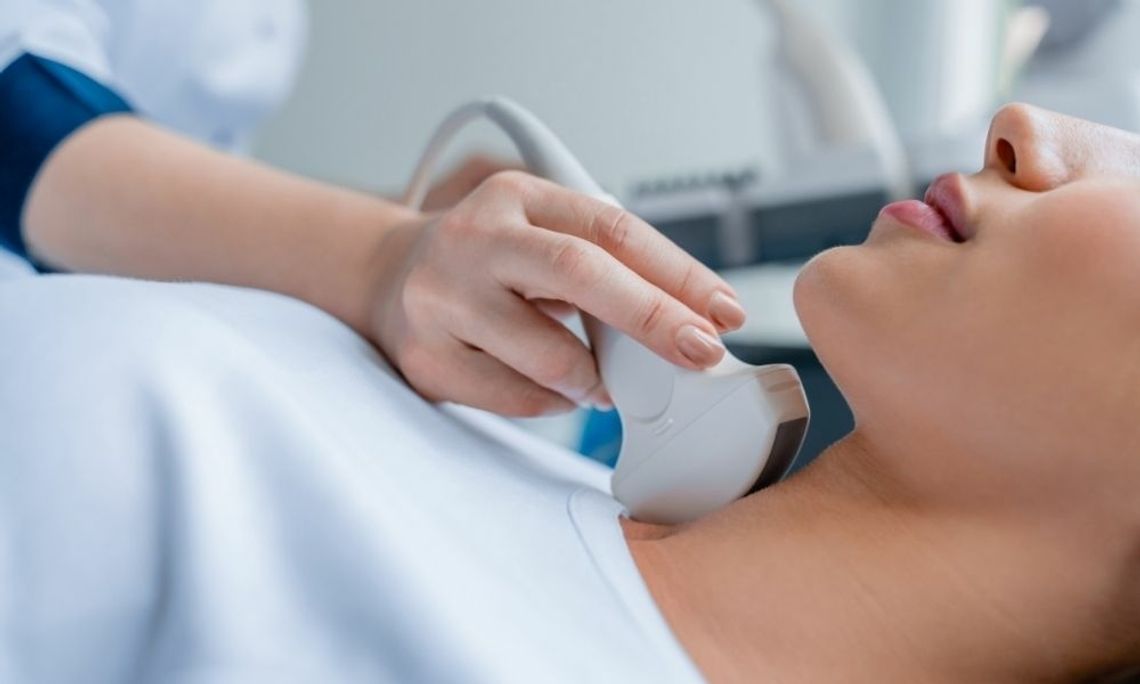People commonly think of ultrasounds as a way for expectant mothers to view their babies in utero. But medical practitioners use ultrasounds for a variety of reasons.
Ultrasound uses sound waves to create images of the body’s internal structures. Find out the different reasons why people get ultrasounds.
1. Diagnose a Medical Condition
Doctors use ultrasound images to diagnose medical conditions. While some people think ultrasounds use radiation to create images, this is a myth.
To create the ultrasound image, a technologist uses a probe called a transducer to emit sound waves. The sound waves pass through soft tissue and bounce back from denser tissue. The ultrasound machine measures the sound waves’ movement to determine the size, shape, and consistency of objects in the body.
Ultrasounds can create images of organs, muscles, joints, tendons, and blood vessels. By looking at the imaging results, doctors can diagnose conditions that affect these body parts. For example, doctors can diagnose infections, thyroid conditions, and digestive problems.
2. Monitor Blood Flow
Physicians can use a specialized ultrasound, called a Doppler ultrasound, to monitor patients’ blood flow. The Doppler ultrasound emits sound waves at a different frequency from regular ultrasound. Doctors can use Doppler ultrasonography to tell the direction and speed of blood flow.
With this tool, doctors can diagnose conditions such as blood clots and blocked arteries. A Doppler ultrasound is a convenient, noninvasive way to test circulation issues.
3. Guide Needles
A third reason why people get ultrasounds is that medical providers use ultrasounds for more invasive medical care. The images can help doctors guide needles for diagnosing and treating disease, providing anesthesia, and accessing blood vessels.
For example, a radiologist might need to take a biopsy of a patient’s pancreas to test for cancer. The radiologist could use ultrasound imaging to understand the location of the needle and make sure it stays on the right path to take a sample.
As you can see, medical providers use this amazing imaging technology for many purposes. Ultrasounds help doctors diagnose diseases, monitor conditions, and provide treatment.


Comment
Comments